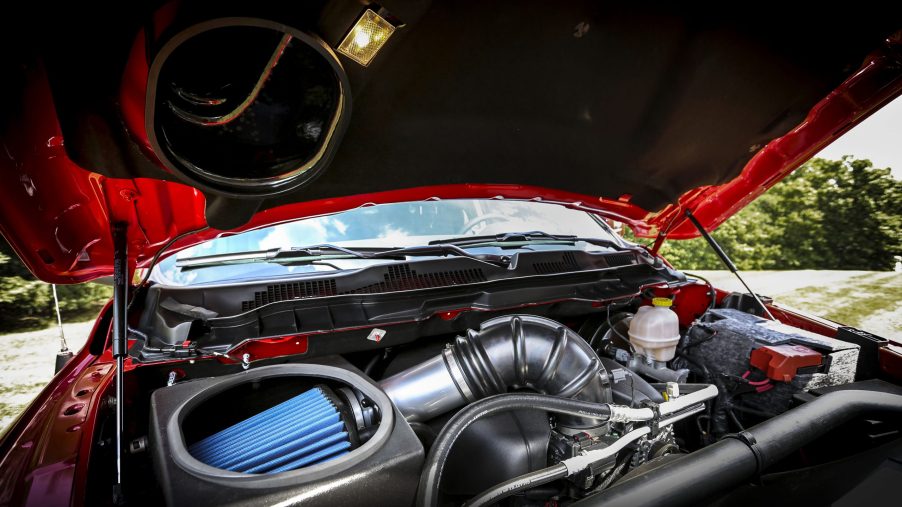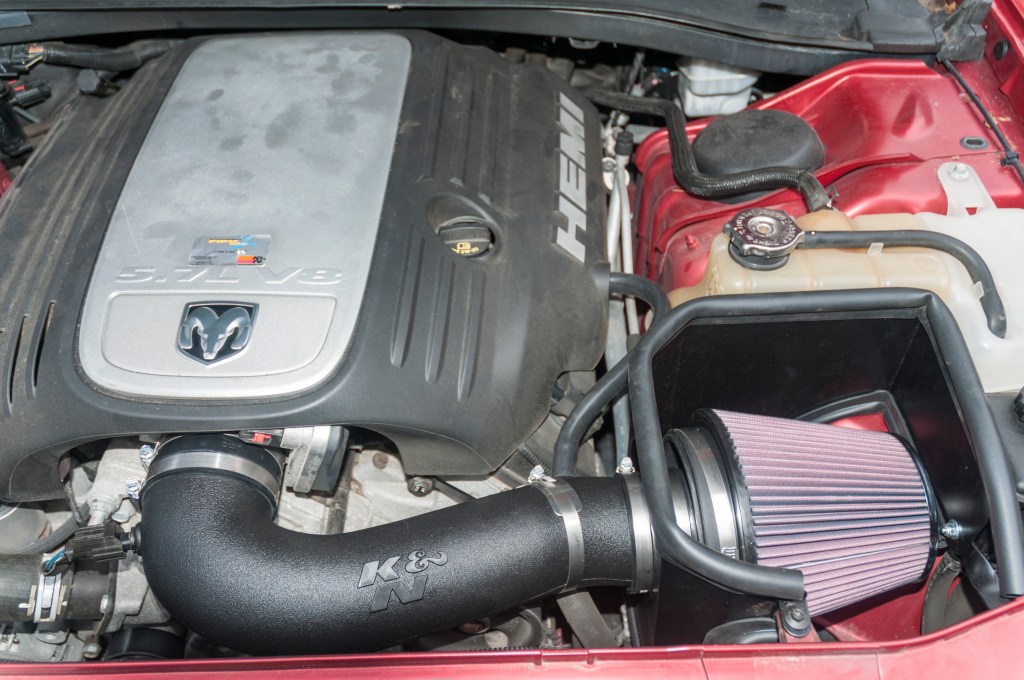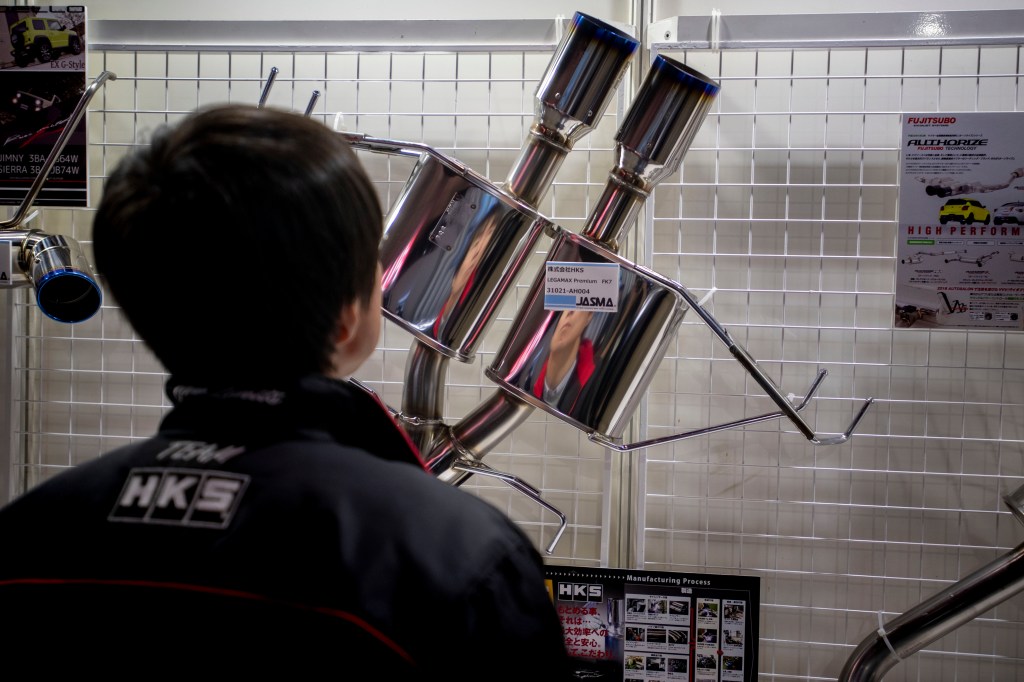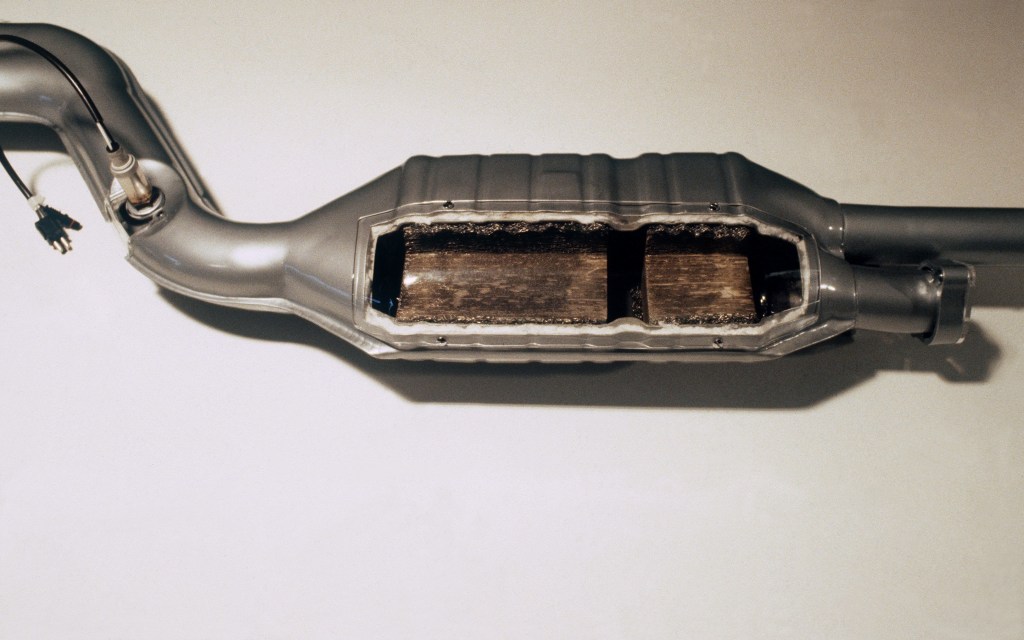
The Top 5 Modifications to Increase Your Car’s Horsepower and Torque
No matter what anyone says, cars are meant to be driven. But for some car enthusiasts, cars are meant to be modified and tinkered on until they’re even more fun when driven. And if you fall into that category, then it’s important to know which modifications to start with in order to get the most performance out of your car’s engine.
Keep in mind that an internal combustion engine is basically a large air pump. First, it pumps air in through the intake and into the engine where the air gets mixed with fuel. The engine then combusts the air/fuel mixture via the use of pistons and spark plugs, and then pumps it out through the exhaust system.
What this inevitably means is that the more air that you free up on the intake and exhaust side – effectively making the engine more efficient – the power your car’s engine will produce. That being said, here are the top five modifications that you can add to your car in order to increase horsepower and torque.
A cold-air intake
Now that we understand that an engine is just a large air pump that breathes out a lot of hot air, it’s a good idea to feed cold air into it. According to How Stuff Works, the temperature of the air can affect the efficiency of your car, and since cold air is denser than warm air, it carries more oxygen into the engine for more dynamic combustion.
As such, it could be a wise move to add a cold-air intake system onto your car for a freer-flowing intake path and colder air. You can typically find cold air intakes online for your specific vehicle application and price ranges can vary from under $100 up to $800, depending on the type of car you have.

Cat-back exhaust system
Just as freeing up the airflow on the intake side helps your engine to breathe better and make more power, the same principle applies to the exhaust side of the equation. In that case, installing a larger diameter exhaust system that starts at the catalytic converter and extends out to the rear of the car could free up more power as well.
Just be aware that your car will be louder, and how loud it depends on how large of an exhaust system you install. If anything, your neighbors will let you know if it’s too loud or not.

Performance camshafts
Camshafts, also known as “bump sticks,” are aptly named because they are typically one or two metal shafts with bumps all across them. These bumps, referred to as “cam lobes,” determine when air goes in and out of the combustion chamber by opening up the valves at a specific time and for a specific duration.
According to Advance Auto Parts, a simple camshaft change can equate to around 30 hp, however, your results may vary depending on your specific application.
High-flow catalytic converter
The availability and feasibility of this modification really depend on your state’s emission laws, since some states don’t allow you to modify the catalytic converter for emissions reasons. However, if you’re able to do so, changing out your car’s stock catalytic converter for a high-flowing one could yield more power since it will further free up the exhaust flow. Just remember to remain in compliance with your state’s laws.

ECU tuning
Adding performance parts to the engine, intake, and exhaust for more power is one thing, but modifying the part that controls the whole show is another. So if your specific car application has the ability to do so, then modifying its engine control unit (ECU) so that it’s mapped more aggressively to complement the increased airflow can add a good amount of horsepower as well. Again, your results can vary depending on the application.



